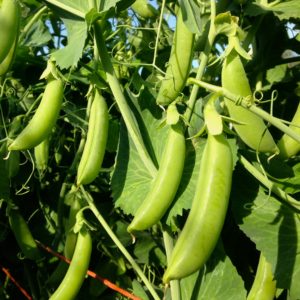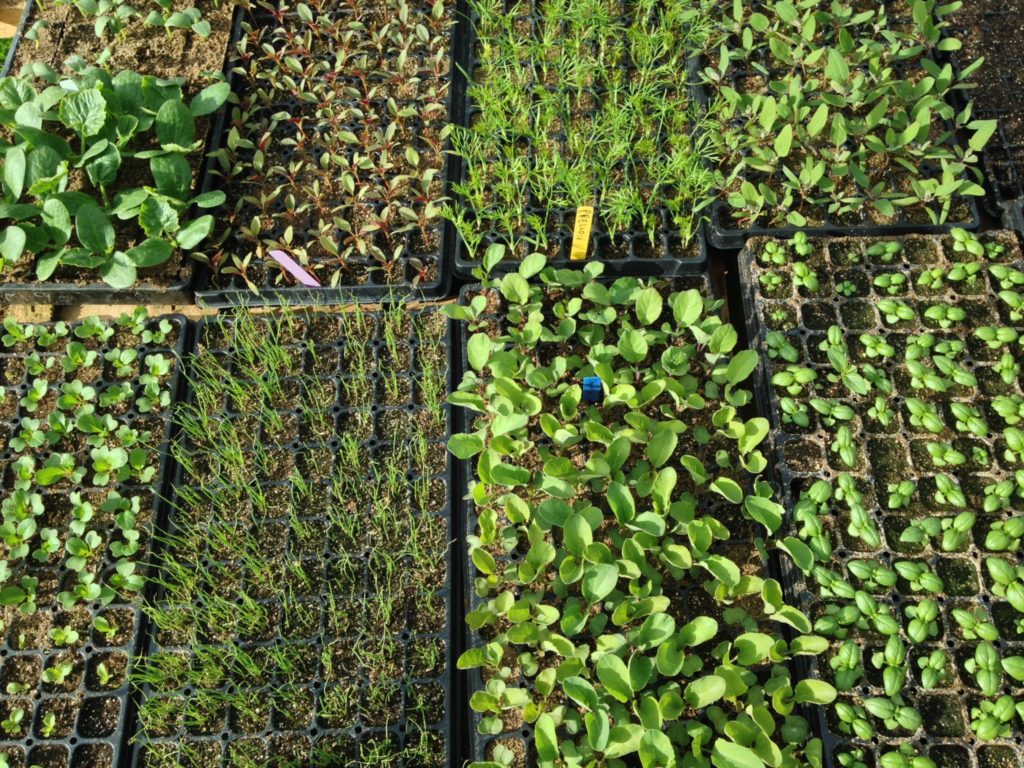We’ve had a few decent frosts already this fall, and while I can’t remember clearly when they came in previous years, it seems a bit early for temps this low. Here on Shore Meadows Rd, the actual nighttime temps always seem 5-10F lower than the forecasted lows. So, when the forecast predicts 40F lows, it’s a good time to begin going into frost-preparation mode (we’re in it!).
While most of our fall crops can handle varying degrees of freezing temps, there are still a few tender items in the field that need monitoring. Mid-large sized broccoli and cauliflower heads can begin to rot even with a slight frost exposure. Lettuces, bok choi, chards, frisee and escarole are also fairly tender. So, during weather like this we generally cover these crops with heavy-duty floating row cover (which can prevent freezing as low as ~22F.) Another strategy is to harvest before the frosts come and store the veg in the walk-in cooler (never more than a week) until CSA, farmer’s market, etc. The latter option isn’t our preference, as we like our veggies delivered/sold as fresh as possible.
Today (Monday), in anticipation of a potentially serious frost later tonight, we harvested our broccoli, salad mix and parley. Generally, we would harvest everything the day of CSA. Another reason for harvesting today vs tomorrow is the possible lack of frost-free, daylight harvesting hours tomorrow. Often, when it’s really cold, the crops down thaw out until afternoon (if at all!), giving us no time to harvest for CSA. Harvesting veggies when partially frozen will result in the premature wilting and rotting in storage.
Of course, another strategy for fending off frost is planting inside greenhouses or tunnels. Unfortunately, our tomatoes, eggplants, and pepper usually don’t wind down until early Oct, too late for a fall planting of greens in the greenhouse. We get more money out of milking these high-value summer crops into late summer and early fall than we could from a single planting of fall spinach or arugula.
Our main strategy in warding off death-by-frost is variety selection. Ten years of variety trials have equipped us with tons of knowledge about the relative cold hardiness of fall vegetables varieties. This is one of our main criteria in choosing which varieties are planting for our fall CSA.



